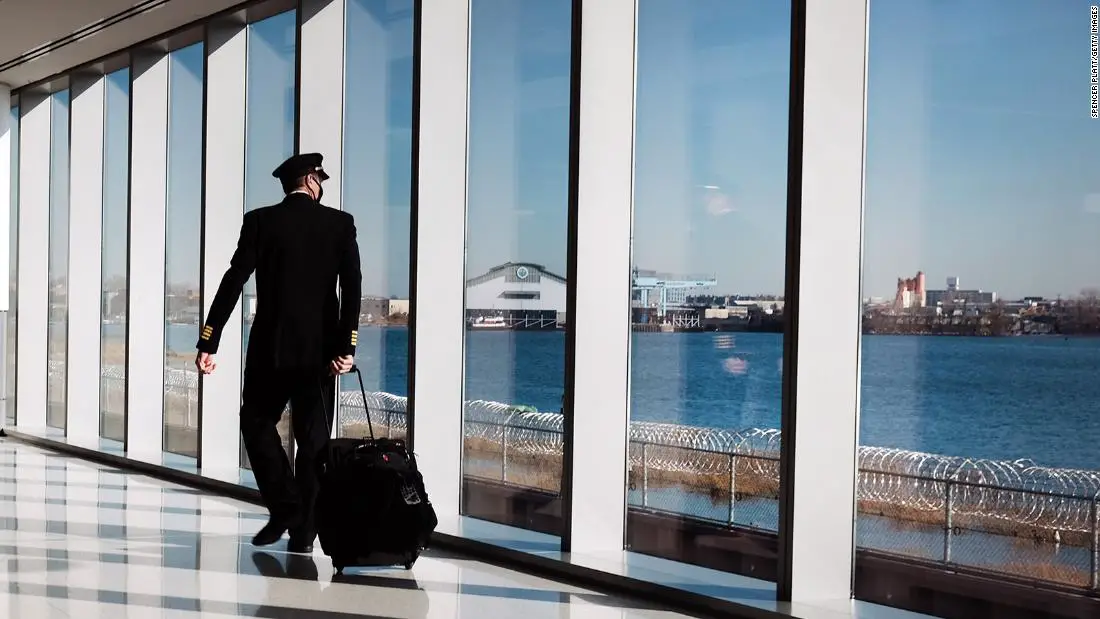
Pilot Shortage May Ease in the Short Run, But Will Return with Worse Consequences
In recent years, the aviation industry has experienced a growing concern over the pilot shortage. While this issue may temporarily ease in the short term, it is bound to return with more severe consequences for the industry as a whole.
In this article, we’ll discuss the reasons behind the pilot shortage, its possible short-term relief, and the long-term consequences it could have on the aviation sector.
Factors Contributing to the Pilot Shortage
Several factors have contributed to the current pilot shortage, including:
Retirement of Experienced Pilots: A significant portion of the current pilot workforce is approaching the mandatory retirement age of 65, which has led to a substantial decrease in the number of experienced pilots available. According to a report by Cowen & Company, 42% of US airline pilots will retire by 2027. Another report says 80,000 airline pilots will retire over the next 20 years. So, the situation will keep getting worse in the coming decades.
High Training Costs: The financial burden of becoming a pilot is daunting, with training costs often exceeding $100,000. This significant investment can discourage potential pilots from pursuing a career in aviation.
Increased Air Traffic: The demand for air travel has surged in recent years, with the International Air Transport Association (IATA) projecting a 3.3% annual growth rate in passenger traffic through 2040. This increase in demand necessitates a larger pilot workforce to accommodate the growing number of flights.
Pilot Attrition: High-stress levels, long hours, and time away from home can contribute to burnout and attrition among pilots, further exacerbating the pilot shortage. The dropout rate is high even among student pilots before they even begin their careers. As per the AOPA report, 80% of student pilots quit before they receive a pilot certificate.
Regulatory Hurdles: Airlines argue that regulatory changes, such as the 2013 FAA mandate requiring first officers to have 1,500 hours of flight experience instead of 250, have created additional barriers for aspiring pilots to enter the profession.
Short-term Relief for the Pilot Shortage
While the pilot shortage is a pressing concern, several factors may provide temporary relief in the short term:
Post-Pandemic Recovery: The COVID-19 pandemic caused a massive downturn in the aviation industry, leading to layoffs, furloughs, and hiring freezes. As the industry recovers, many furloughed pilots may return to work, temporarily easing the shortage.
Technological Advancements: The development of new cockpit technologies, such as advanced autopilot systems and artificial intelligence, may reduce the demand for pilots in the short term. However, pilots will still be required to oversee these systems and maintain ultimate control over the aircraft.
Industry Initiatives: Airlines and other aviation stakeholders have recognized the severity of the pilot shortage and have launched initiatives to attract and train new pilots. For example, some airlines offer financial assistance, scholarships, or tuition reimbursement to aspiring pilots to help mitigate the high cost of training.
Long-term Consequences of the Pilot Shortage
If left unaddressed, the pilot shortage could have far-reaching consequences for the aviation industry, including:
Increased Ticket Prices: As airlines struggle to find enough pilots to operate their flights, they may be forced to reduce the number of available routes or increase ticket prices to compensate for the added expense of hiring and training new pilots.
Reduced Flight Availability: A shortage of pilots may reduce flight frequency and available routes, particularly for smaller airports or less popular destinations. This could result in a loss of connectivity and convenience for passengers and negative economic impacts for communities reliant on air travel.
Compromised Safety: As airlines scramble to fill their pilot ranks, safety standards may be compromised. Airlines could potentially hire less experienced pilots or reduce the quality of their training programs, which could have serious implications for aviation safety.
Increased Workload for Existing Pilots: A pilot shortage may lead to increased workloads and longer hours for existing pilots, contributing to fatigue and burnout. This not only exacerbates the shortage by driving experienced pilots away from the profession but also raises concerns about the potential impact on flight safety.
Delayed Industry Growth: The pilot shortage may hinder the aviation industry’s ability to grow and meet the increasing demand for air travel. This could have long-term economic consequences, as the aviation industry plays a crucial role in global commerce and connectivity.
Addressing the Pilot Shortage with a Multifaceted Approach
To mitigate the long-term consequences of the pilot shortage, the aviation industry must take a multifaceted approach:
Invest in Pilot Training and Education: Airlines and aviation organizations should invest in pilot training programs, offer scholarships, and provide financial assistance to help reduce the financial burden of pilot education.
Improve Working Conditions: To attract and retain pilots, the industry must address issues such as high stress, long hours, and time away from home. This may involve improving scheduling practices, providing better support for pilots’ mental health, and offering more competitive compensation packages.
Engage in Long-term Workforce Planning: Airlines and other aviation stakeholders should actively engage in long-term workforce planning to ensure they have an adequate supply of pilots to meet future demand.
Collaborate with Regulatory Bodies: The aviation industry and regulatory bodies must work together to develop policies that balance safety requirements with the need to reduce barriers for aspiring pilots.
Promote Diversity and Inclusion: Expanding outreach and recruitment efforts to underrepresented groups can help widen the talent pool and attract more people to the pilot profession.
Final Thoughts
While the pilot shortage may temporarily ease in the short term, it remains a critical issue for the aviation industry. Addressing this challenge will require collaborative efforts from all stakeholders, including airlines, aviation organizations, and regulatory bodies, to ensure a sustainable future for the industry and maintain the safety and convenience of air travel for all.





